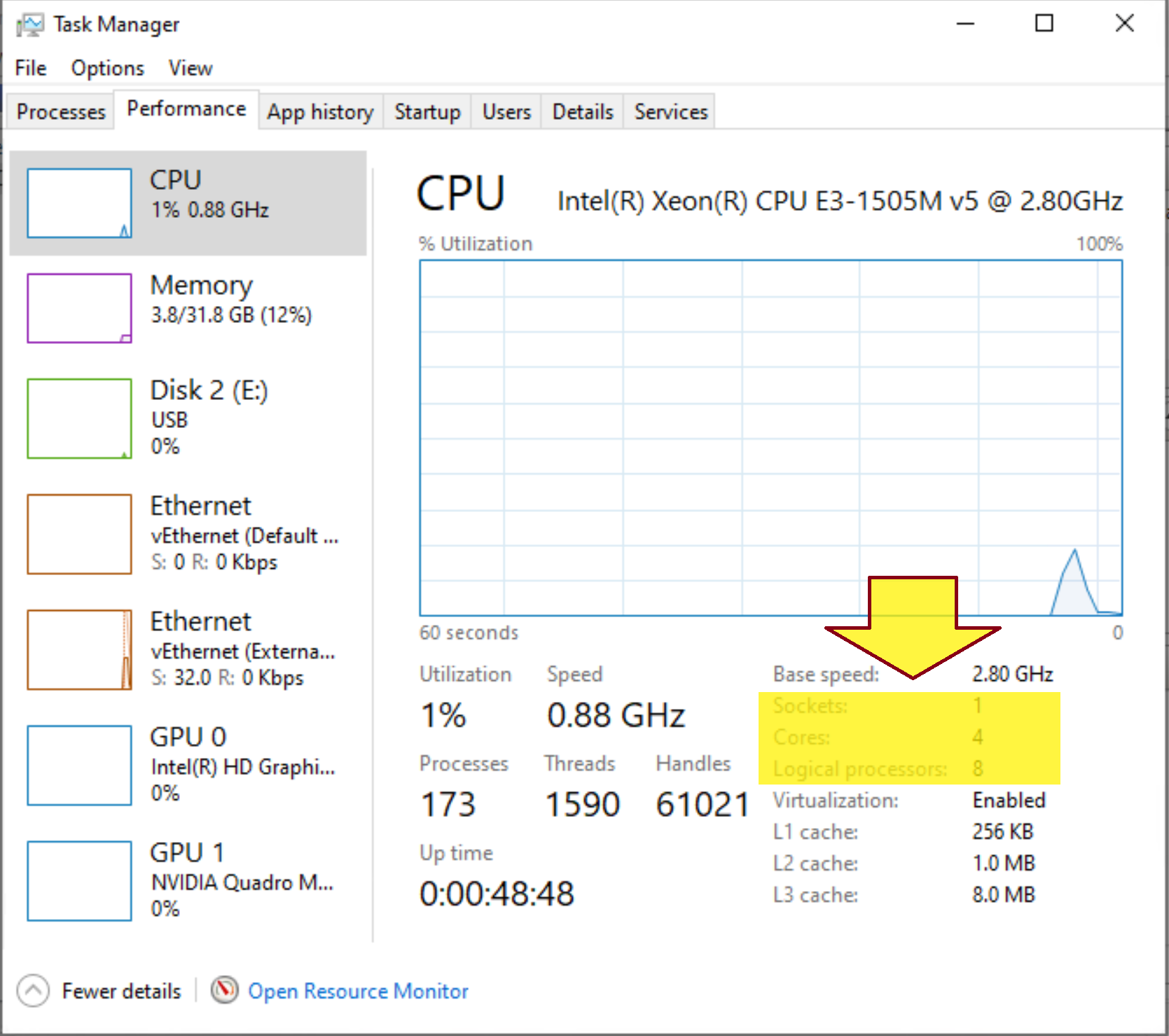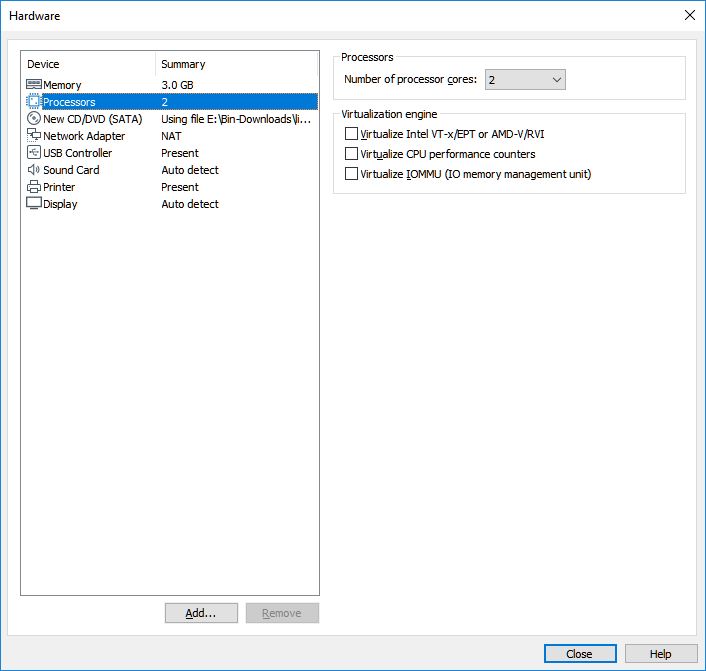When it comes to VMware licensing, understanding the difference between cores and sockets can make or break your budget. If you're scratching your head trying to figure out which one is better for your business, you're not alone. Many IT pros find themselves in the same boat. But don’t sweat it—we’re here to break it down for you in a way that’s easy to digest, whether you’re a tech guru or just starting out.
VMware has been the go-to solution for virtualization for years, but its licensing model can be a bit tricky. The two main options—cores and sockets—each come with their own set of pros and cons. Before we dive deep into the nitty-gritty, let’s get one thing straight: this isn’t just about picking the cheaper option. It’s about finding the right fit for your infrastructure needs.
This guide is packed with actionable insights, real-world examples, and expert advice to help you navigate the VMware licensing landscape. By the end of it, you’ll have a solid plan to optimize your costs without compromising on performance. So, buckle up and let’s get started!
Read also:Can You Run On Deer Run Treadmill The Ultimate Guide For Nature Enthusiasts
Table of Contents:
- What Are Cores and Sockets?
- Cores vs Sockets: What’s the Difference?
- VMware Licensing Model Explained
- Cost Comparison: Cores vs Sockets
- Performance Considerations
- Scaling Your Infrastructure
- Real-World Examples
- Common Mistakes to Avoid
- Tips for Optimization
- Future Trends in VMware Licensing
What Are Cores and Sockets?
Alright, let’s start with the basics. If you’re new to the world of virtualization, the terms "cores" and "sockets" might sound like tech jargon. But fear not, they’re simpler than they seem.
A socket is essentially the physical slot on your motherboard where a CPU is installed. Think of it as the foundation for your processor. On the other hand, a core is a processing unit within the CPU. Modern CPUs often have multiple cores, which means they can handle multiple tasks simultaneously.
So, why does this matter for VMware? Well, VMware licenses its software based on these hardware components. Depending on the edition you choose, you’ll either pay per socket or per core. And trust me, this decision can significantly impact your budget.
Key Takeaways:
- A socket is the physical slot for a CPU.
- A core is a processing unit within the CPU.
- VMware licensing depends on these hardware components.
Cores vs Sockets: What’s the Difference?
Now that we’ve got the definitions out of the way, let’s talk about the differences. The main distinction lies in how VMware calculates licensing costs. In the socket-based model, you pay for each physical CPU socket, regardless of how many cores it has. In the core-based model, you pay for each core within the CPU.
Here’s a quick breakdown:
Read also:Kurt Cobain Heroin The Untold Story Of Addiction And Legacy
Socket-Based Licensing:
- Simple and straightforward.
- Best for older hardware with fewer cores per socket.
- May not be cost-effective for modern multi-core CPUs.
Core-Based Licensing:
- More granular and flexible.
- Ideal for modern hardware with many cores per socket.
- Potentially more cost-effective in the long run.
Choosing between the two depends on your specific infrastructure and workload requirements. Let’s dig deeper into the factors you need to consider.
VMware Licensing Model Explained
VMware offers different editions of its software, each with its own licensing model. The two most common editions are vSphere Essentials and vSphere Enterprise Plus. While vSphere Essentials uses socket-based licensing, vSphere Enterprise Plus offers both socket and core-based options.
This flexibility allows businesses to tailor their licensing strategy to their unique needs. For example, a small business with older hardware might find socket-based licensing more appealing, while a large enterprise with cutting-edge servers might prefer core-based licensing.
But here’s the kicker: VMware also imposes a cap on the number of cores per socket that can be licensed. As of 2023, this cap is set at 48 cores per socket. If your CPU exceeds this limit, you’ll need to purchase additional licenses.
Things to Keep in Mind:
- Understand the licensing model for your chosen VMware edition.
- Be aware of the core-per-socket cap.
- Consider future hardware upgrades when making your decision.
Cost Comparison: Cores vs Sockets
Let’s talk dollars and cents. One of the biggest concerns for businesses is the bottom line. So, how do cores and sockets stack up when it comes to cost?
For socket-based licensing, the calculation is pretty straightforward: you multiply the number of sockets by the per-socket price. For core-based licensing, it’s a bit more complex. You need to count the total number of cores across all sockets and multiply that by the per-core price.
But here’s where it gets interesting. Modern CPUs often have a high core count, which can drive up the cost of core-based licensing. However, this model can still be more cost-effective in the long run, especially if you’re planning to upgrade your hardware in the future.
Let’s look at a real-world example. Suppose you have a server with two sockets, each containing a 24-core CPU. With socket-based licensing, you’d pay for two sockets. With core-based licensing, you’d pay for 48 cores. Depending on the per-socket and per-core prices, one option might be significantly cheaper than the other.
Cost Comparison Example:
- Socket-Based: 2 sockets x $3,000 = $6,000
- Core-Based: 48 cores x $200 = $9,600
In this case, socket-based licensing seems like the better deal. But remember, this is just one example. Your mileage may vary depending on your specific setup.
Performance Considerations
Cost isn’t the only factor to consider. Performance plays a crucial role in your decision-making process. After all, what’s the point of saving money if your infrastructure can’t keep up with your workload?
Socket-based licensing tends to favor older hardware with fewer cores per socket. This can lead to performance bottlenecks if you’re running resource-intensive applications. On the other hand, core-based licensing allows you to fully utilize the power of modern multi-core CPUs, ensuring smooth operation even under heavy load.
Another thing to consider is scalability. As your business grows, so will your infrastructure. Core-based licensing gives you the flexibility to add more cores without having to purchase additional sockets, making it a more future-proof option.
Performance Tips:
- Assess your current workload and future needs.
- Choose a licensing model that aligns with your performance goals.
- Regularly monitor your infrastructure to identify potential bottlenecks.
Scaling Your Infrastructure
As your business expands, so will your IT requirements. Scaling your infrastructure is a critical part of long-term planning. Whether you’re adding more servers, upgrading existing ones, or migrating to the cloud, your licensing strategy needs to keep pace.
Core-based licensing shines in this area. With its per-core pricing model, you can easily add more cores to your existing hardware without having to purchase additional sockets. This makes it an attractive option for businesses that anticipate growth in the near future.
On the flip side, socket-based licensing can be more challenging to scale. If you need to add more CPUs, you’ll have to purchase additional licenses for each new socket. This can quickly add up and strain your budget.
Scaling Strategies:
- Plan for future growth when choosing a licensing model.
- Consider hybrid solutions if needed.
- Regularly review your infrastructure to ensure optimal scaling.
Real-World Examples
Let’s take a look at some real-world examples to see how different businesses have approached VMware licensing. Company A, a small startup, opted for socket-based licensing due to its simplicity and lower upfront costs. Company B, a large enterprise, chose core-based licensing to take full advantage of its high-performance servers.
Both companies made the right choice for their respective situations. Company A didn’t need the extra performance that core-based licensing offered, while Company B couldn’t afford to compromise on power and scalability.
These examples highlight the importance of tailoring your licensing strategy to your specific needs. There’s no one-size-fits-all solution when it comes to VMware cores vs sockets.
Common Mistakes to Avoid
Now that we’ve covered the basics, let’s talk about some common mistakes businesses make when it comes to VMware licensing. Avoiding these pitfalls can save you a lot of headaches down the road.
One of the biggest mistakes is failing to plan for future growth. As we’ve discussed, scalability is a key consideration. Another common error is not fully understanding the licensing model for your chosen VMware edition. This can lead to unexpected costs and compliance issues.
Lastly, don’t underestimate the importance of performance. Choosing a licensing model solely based on cost can backfire if your infrastructure can’t keep up with your workload.
Avoid These Mistakes:
- Don’t neglect future growth plans.
- Understand the licensing model for your edition.
- Prioritize performance alongside cost.
Tips for Optimization
Optimizing your VMware licensing strategy can help you save money and improve performance. Here are a few tips to get you started:
First, regularly review your infrastructure to identify areas for improvement. This could mean upgrading outdated hardware or consolidating underutilized resources. Second, take advantage of VMware’s licensing tools to monitor usage and ensure compliance. Finally, consider consulting with a VMware expert to get personalized advice tailored to your business needs.
Optimization Tips:
- Regularly review your infrastructure.
- Use VMware’s tools for monitoring and compliance.
- Consult with experts for personalized advice.
Future Trends in VMware Licensing
As technology continues to evolve, so will VMware’s licensing models. One trend to watch is the shift towards subscription-based licensing. This model offers more flexibility and predictability, making it an attractive option for businesses of all sizes.
Another trend is the increasing focus on cloud integration. As more companies move to the cloud, VMware is adapting its licensing models to accommodate hybrid environments. This means more options for businesses looking to combine on-premises and cloud-based solutions.
Staying ahead of these trends can help you make informed decisions about your licensing strategy. Keep an eye on VMware’s announcements and updates to ensure you’re always in the know.
Future Trends to Watch:
- Subscription-based licensing.
- Cloud integration and hybrid environments.
- Advancements in virtualization technology.
Kesimpulan
VMware cores vs sockets is more than just a licensing decision—it’s a strategic choice that can impact your business in countless ways. By understanding the differences between the two and considering factors like cost, performance, and scalability, you can make an informed decision that aligns with your goals.
Remember to avoid common mistakes, optimize your strategy, and stay ahead of future trends. And don’t forget to consult with experts if you’re unsure about which path to take. Whether you choose cores or sockets, the key is to find the right fit for your business.
So, what are you waiting for? Take the first step towards optimizing your VMware licensing strategy today. Leave a comment below to share your thoughts or ask any questions. And


